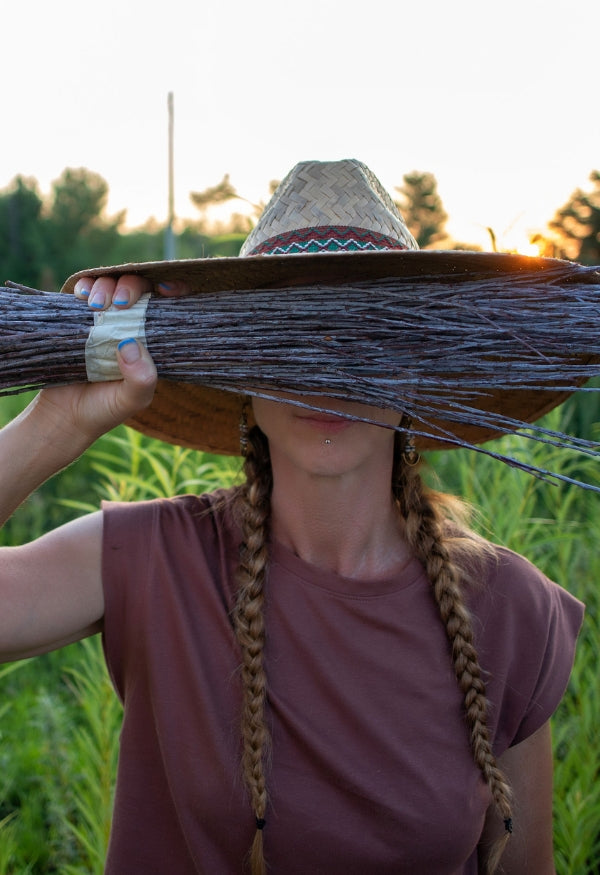Shipping Willow Cuttings & Rods Across Canada • Cuttings Only to the U.S. • Now Taking 2026 Pre-Orders!
Shipping Willow Cuttings & Rods Across Canada • Cuttings Only to the U.S. • Now Taking 2026 Pre-Orders!
Menu title
This section doesn’t currently include any content. Add content to this section using the sidebar.
Your headline
Image caption appears here
$49.00
Add your deal, information or promotional text
Cuttings are sold in bundles of 10, with a minimum order of 50 cuttings. To meet the minimum, you may select a mix of different bundle varieties within your order.
Salix alba var. vitellina ‘Golden Ness’, also known as Golden Willow, is a stunning medium-sized deciduous tree that can also be cultivated as a multi-stemmed shrub. This variety is renowned for its brilliant golden-yellow stems, which provide exceptional winter interest and add vibrant colour to any landscape.
Key Features and uses:
Growth & Care:
Family owned & operated
Responsibly grown
Shipped to your door
Sign up to get the latest on sales, new releases and more …
